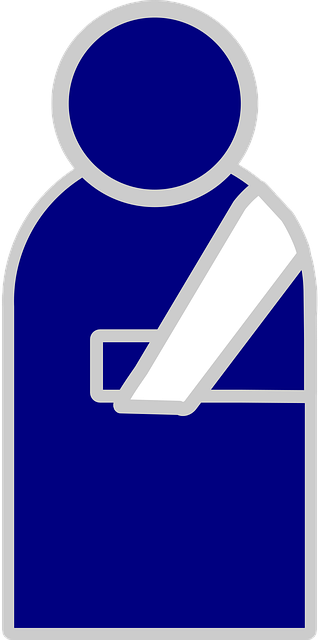Motorcycle accidents, especially high-impact collisions, can lead to severe spinal cord injuries (SCIs) affecting mobility, sensation, and even respiratory function. Prompt medical attention is crucial for managing SCIs, which range from mild to complete paralysis. Victims face physical pain, emotional distress, long-term rehabilitation needs, legal implications, and accessibility challenges post-accident. Specialized care includes stabilizing the spine, advanced imaging, therapy, and sometimes surgery, while understanding compensation options and addressing real estate disputes support recovery and rebuilding life after such injuries.
“Motorcycle accidents can lead to devastating injuries, among them, spinal cord injuries (SCIs) that significantly impact mobility and quality of life. This article delves into the intricate world of SCIs caused by motorcycle crashes, exploring their causes, effects, and management strategies. Understanding these aspects is crucial for both victims seeking care and healthcare professionals aiming to enhance post-accident outcomes. From recognizing common accident scenarios leading to SCIs to examining effective management techniques, this comprehensive overview illuminates the path toward recovery.”
- Understanding Spinal Cord Injuries: A Comprehensive Overview
- Common Causes of Spinal Injuries in Motorcycle Accidents
- Impact and Management of Spinal Cord Damage Post-Accident
Understanding Spinal Cord Injuries: A Comprehensive Overview

Spinal cord injuries (SCIs) in motorcycle accidents are a severe and often life-altering event. The spine is a crucial part of the central nervous system, transmitting signals between the brain and the rest of the body. A motorcyclist involved in an accident can sustain SCI due to various factors, including high-impact collisions, sudden stops, or rolling over. These injuries can range from mild to complete paralysis, affecting mobility, sensation, and even respiratory function.
Understanding SCI involves grasping its types (e.g., incomplete or complete), locations (cervical, thoracic, lumbar), and the associated symptoms. In a motorcycle accident context, SCI often occurs in the cervical spine (neck) due to the force exerted during a head-on collision or a sudden twist of the body. Nursing home abuse or breach of fiduciary duty cases may also involve SCI, highlighting the importance of prompt medical attention and proper care management. The effects of these injuries extend beyond physical pain, including emotional distress, long-term rehabilitation needs, and potential legal implications in business litigation scenarios when negligence is involved.
Common Causes of Spinal Injuries in Motorcycle Accidents

Motorcycle accidents can lead to a range of severe injuries, but spinal injuries are among the most concerning and life-altering. Common causes include high-speed collisions with other vehicles, where the motorcycle rider is thrown from their vehicle due to impact forces. These powerful forces can cause damage to the spine at various levels, resulting in spinal cord injuries (SCIs). Additionally, loss of control on sharp turns or unexpected obstacles can also contribute to SCIs.
Another notable cause is the lack of proper safety gear, such as inadequate or incorrectly worn helmets and protective clothing. In cases where vehicles are defective, like faulty brakes or tires, these issues could exacerbate the impact and lead to more severe spinal injuries. Moreover, factors like driver distraction or impaired driving can significantly increase the risk of accidents, ultimately leading to potential medical malpractice or product liability concerns if negligence is involved.
Impact and Management of Spinal Cord Damage Post-Accident

The impact of spinal cord damage following a motorcycle accident can be devastating, both physically and emotionally. Immediate medical attention is crucial to managing and minimizing potential long-term effects. In the immediate aftermath, specialized care focuses on stabilizing the spine, reducing further injury, and ensuring respiratory function. This critical period involves advanced imaging techniques like MRI or CT scans to accurately diagnose the extent of spinal cord damage.
Effective management post-accident includes physical therapy, occupational therapy, and sometimes surgical interventions to promote healing and regain functionality. For individuals with significant spinal injuries, adapting to a new reality requires support from healthcare professionals, family, and friends. Understanding accident compensation options and navigating real estate disputes related to accessibility modifications can be part of the challenging journey towards recovery and rebuilding one’s life after a motorcycle accident resulting in spinal cord injury.
Spinal cord injuries (SCIs) in motorcycle accidents are a severe yet preventable outcome. By understanding the common causes, such as loss of control and collisions with fixed objects, riders can take precautions to minimize risks. Prompt medical attention is crucial for managing SCI effects, which range from paralysis to sensory impairments. Effective rehabilitation and adaptive technologies play vital roles in improving quality of life post-accident. Riders must prioritize safety measures, including wearing protective gear, to reduce the likelihood of these devastating injuries.






